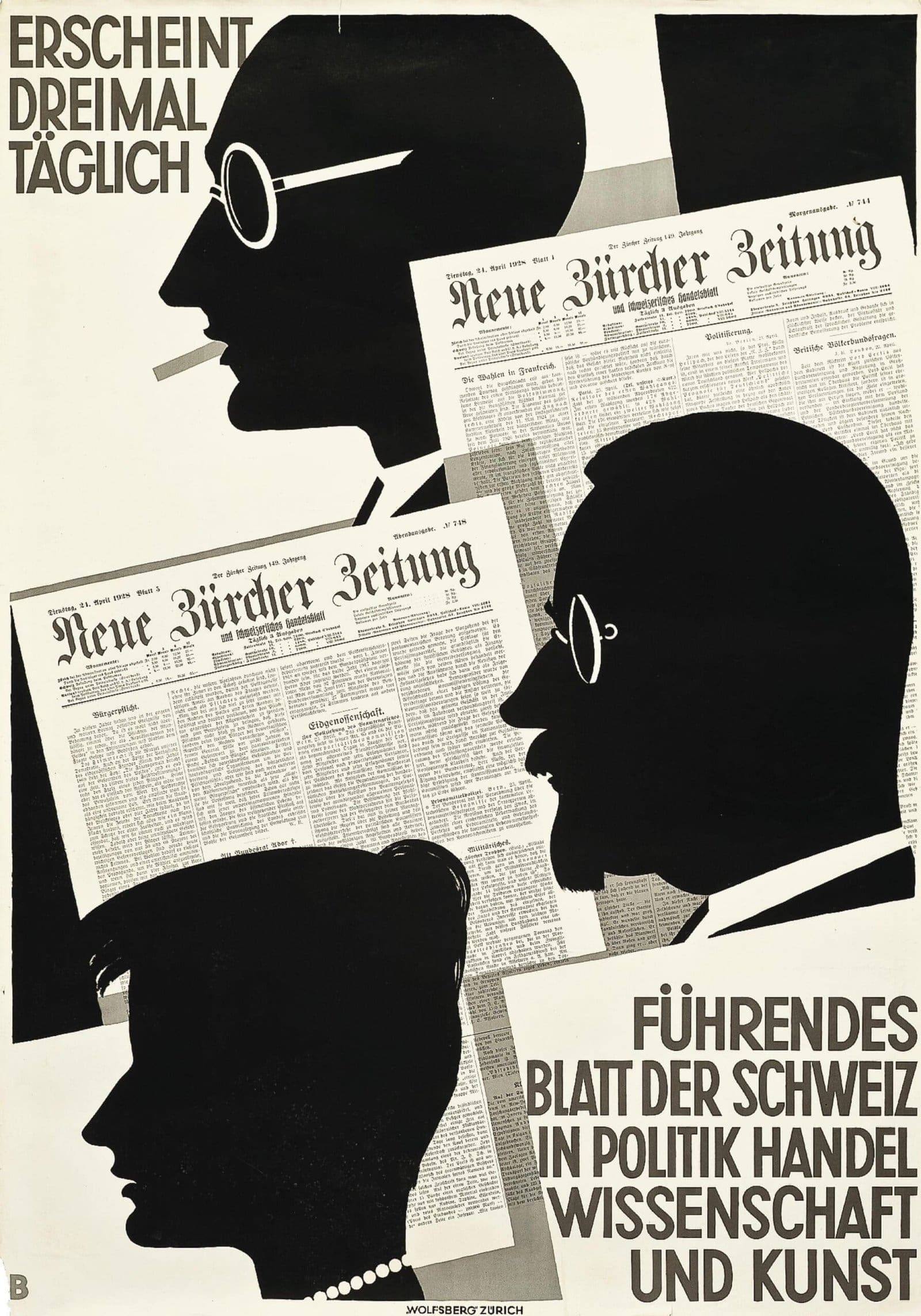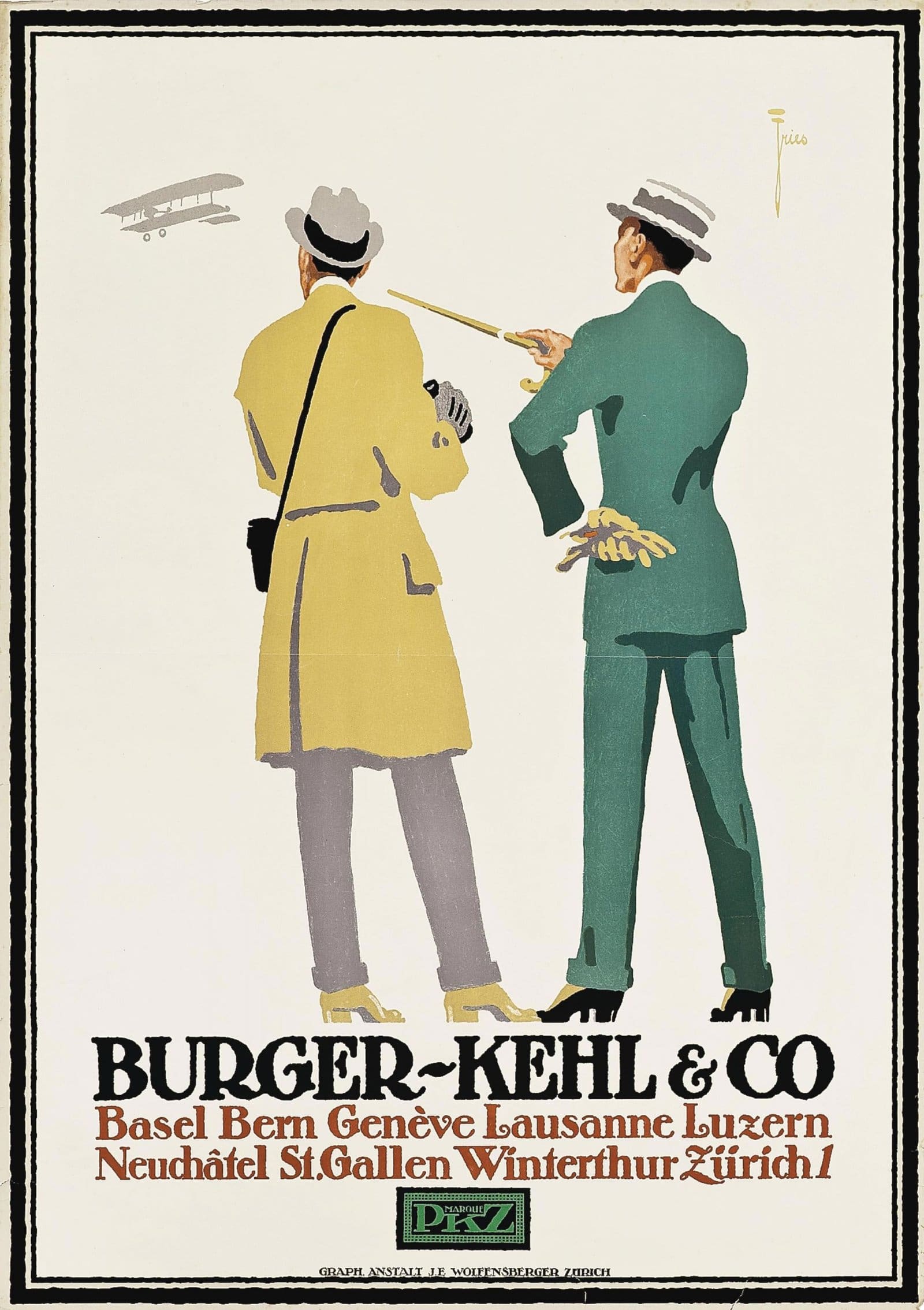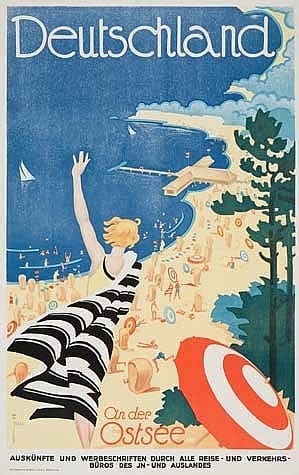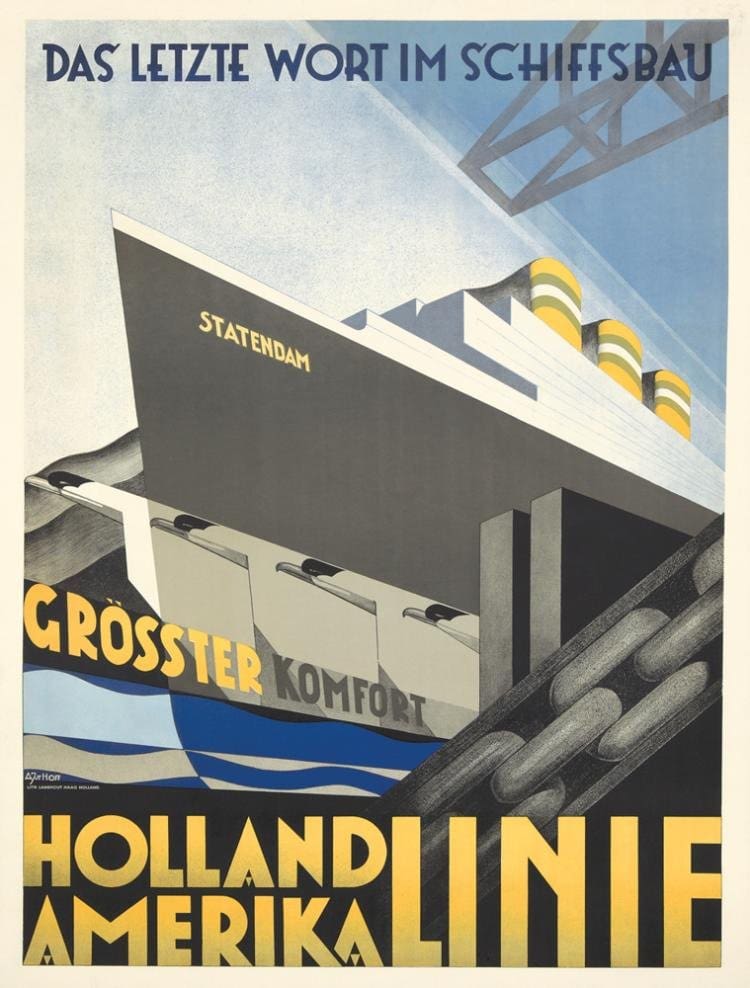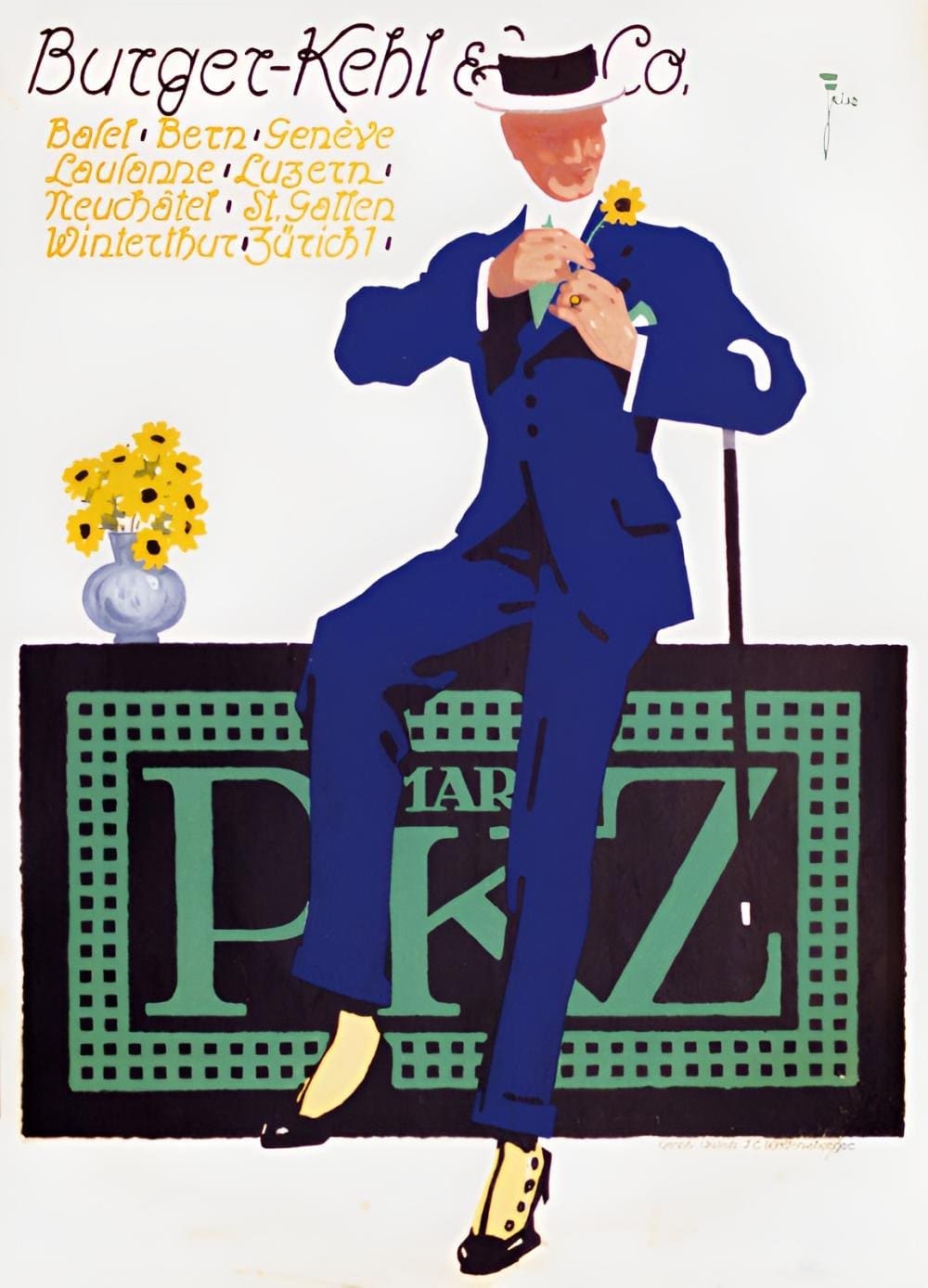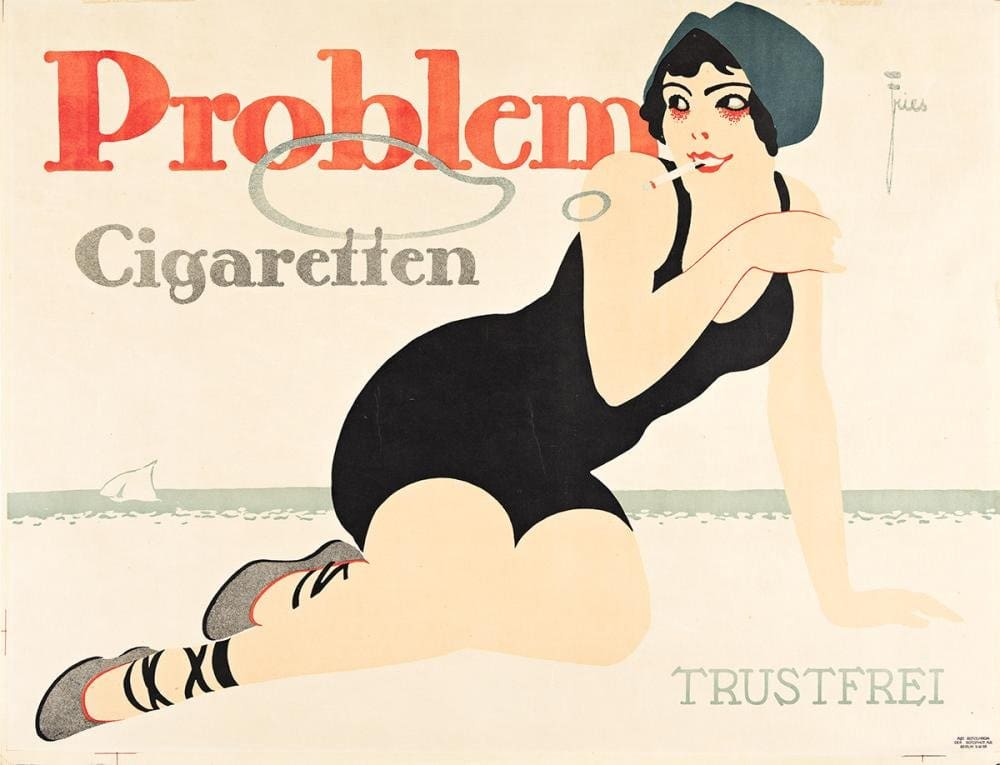Leonhard F. W. Fries (1769–1843) was a German painter and lithographer whose work bridges the late 18th and early 19th centuries, aligning with both the Rococo and early Romantic movements.
Known for his exquisite attention to detail, Fries’ art reflects his interest in nature, mythology, and the human form, often imbuing his subjects with a delicate, almost ethereal quality.
Rococo influence
Fries’ early training as an artist was heavily influenced by the prevailing Rococo style, known for its ornate, light-hearted, and highly decorative qualities. However, as the Romantic movement began to gain momentum, Fries adapted his approach, blending Rococo finesse with a deeper exploration of emotion and the sublime.
His landscapes, often filled with lush greenery or sweeping natural vistas, evoke a sense of awe and transcendence, typical of Romanticism’s reverence for the natural world.
What sets Fries apart is his mastery of light and texture, particularly in his portraiture and still life works. His portraits convey not only the physical likeness of his subjects but also a sense of inner life, revealing the emotional depth of each individual.
His still life paintings, often centered on delicate flora or symbolic objects, carry a refined elegance, capturing fleeting moments of beauty in an almost photographic manner.
Fries’ lithographs, a relatively new medium during his time, helped spread his artistic vision to a broader audience. Through these prints, he contributed to the cultural landscape of his era, leaving a legacy of finely detailed, contemplative works that combine technical mastery with emotional depth.
